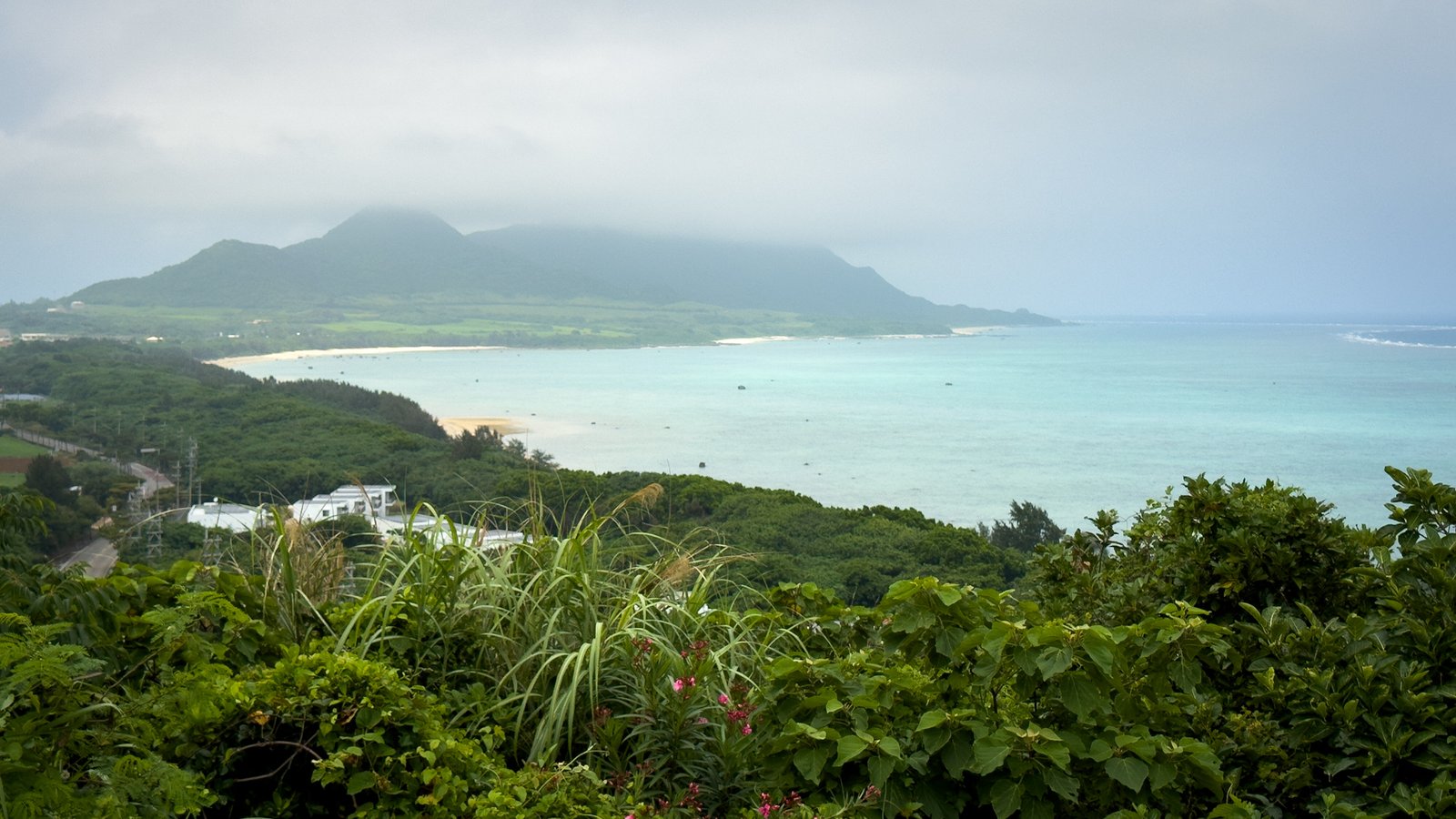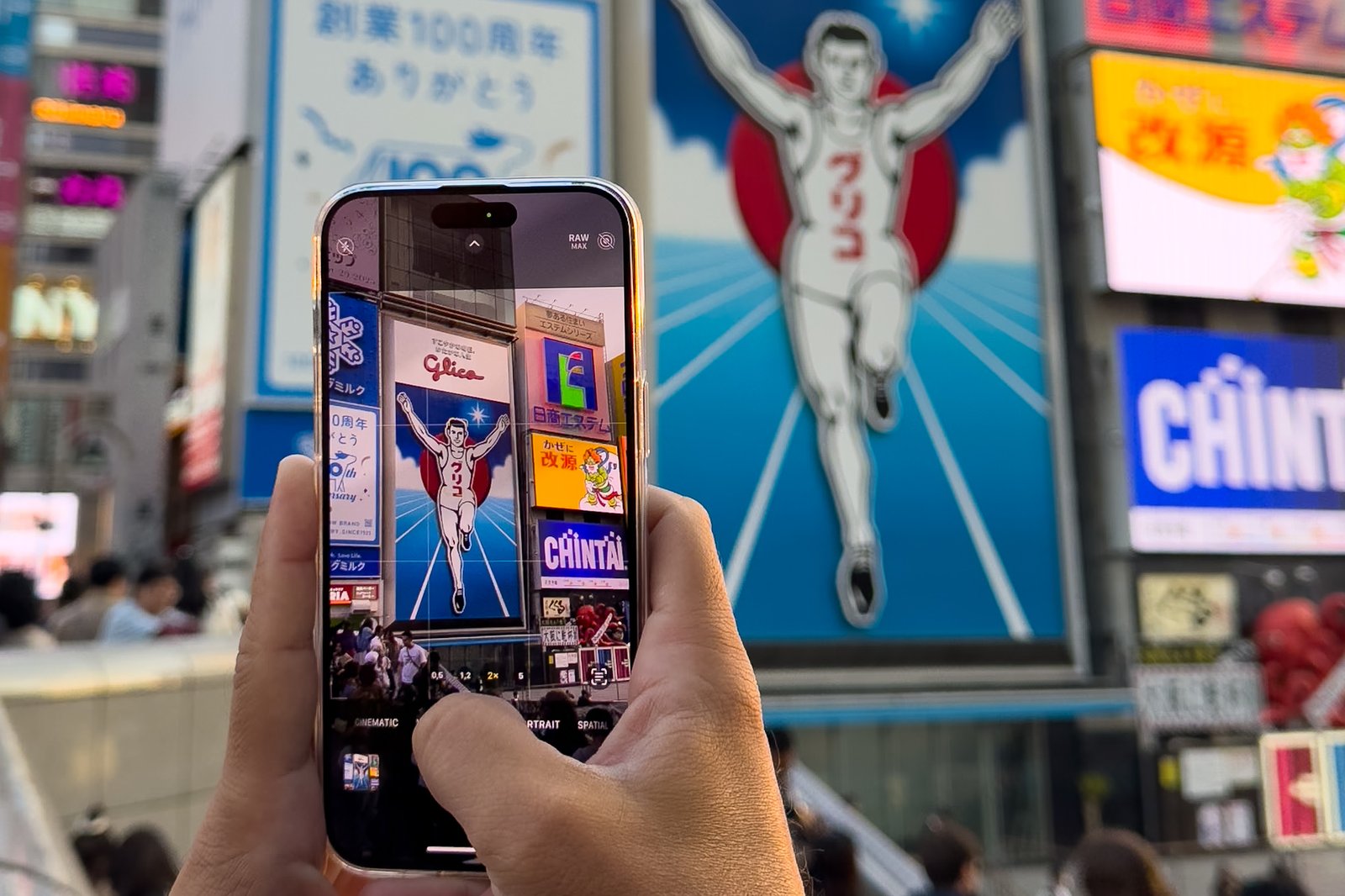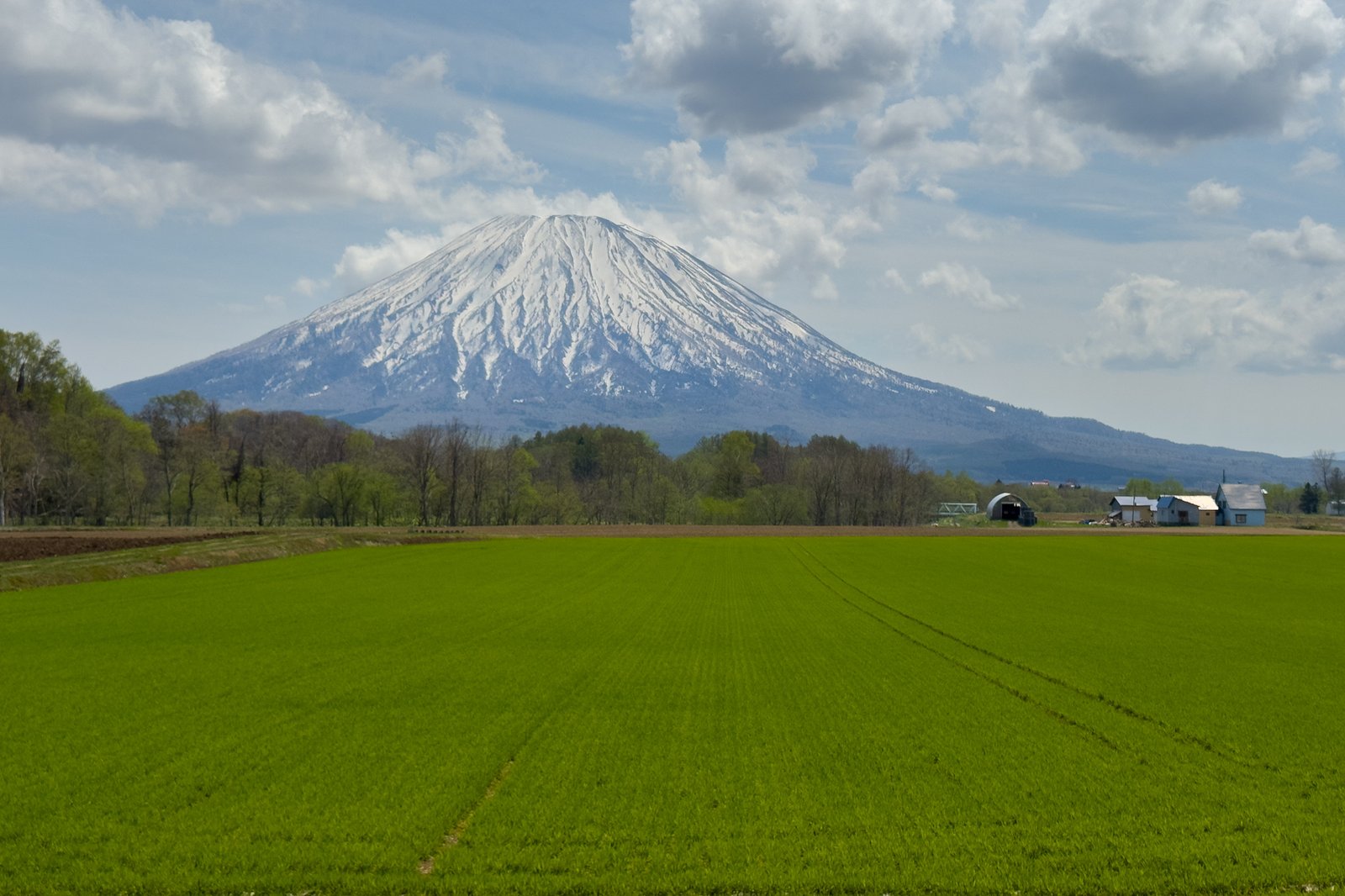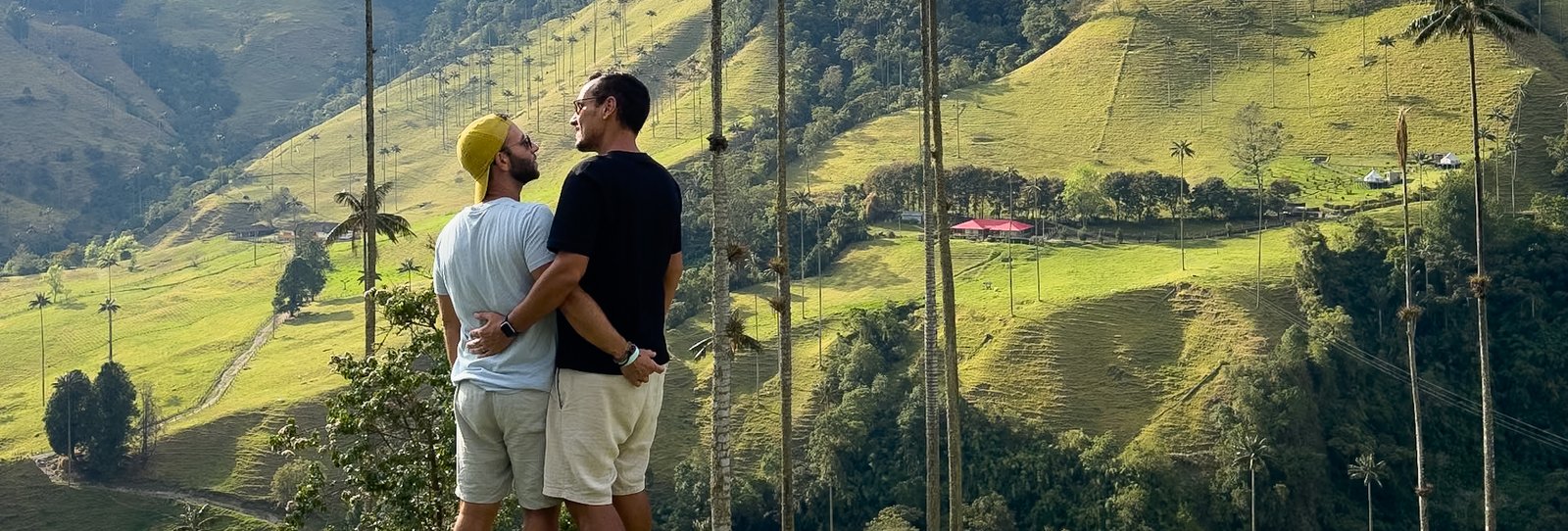If you’re looking for free things to do in Tokyo, this article is for you. After four trips to the Japanese capital, we realized there’s much more to discover beyond the traditional tourist spots. That’s why we decided to explore less obvious attractions – completely free! Here we share the best alternative experiences to enjoy Tokyo without spending money.
If you’re looking for where to stay in Tokyo check out the best areas and hotels in the city here.
1. Videomapping and Sound Show at the Metropolitan Government Building


Every night, the Tokyo Metropolitan Government Building transforms into a stage of light and sound with the Tokyo Night & Light show. Giant 3D animations illuminate the facade, creating a futuristic and surprising atmosphere. Just show up in Shinjuku and enjoy – no ticket needed! More information on the official show website.
2. Visit the Metropolitan Hall Observatory
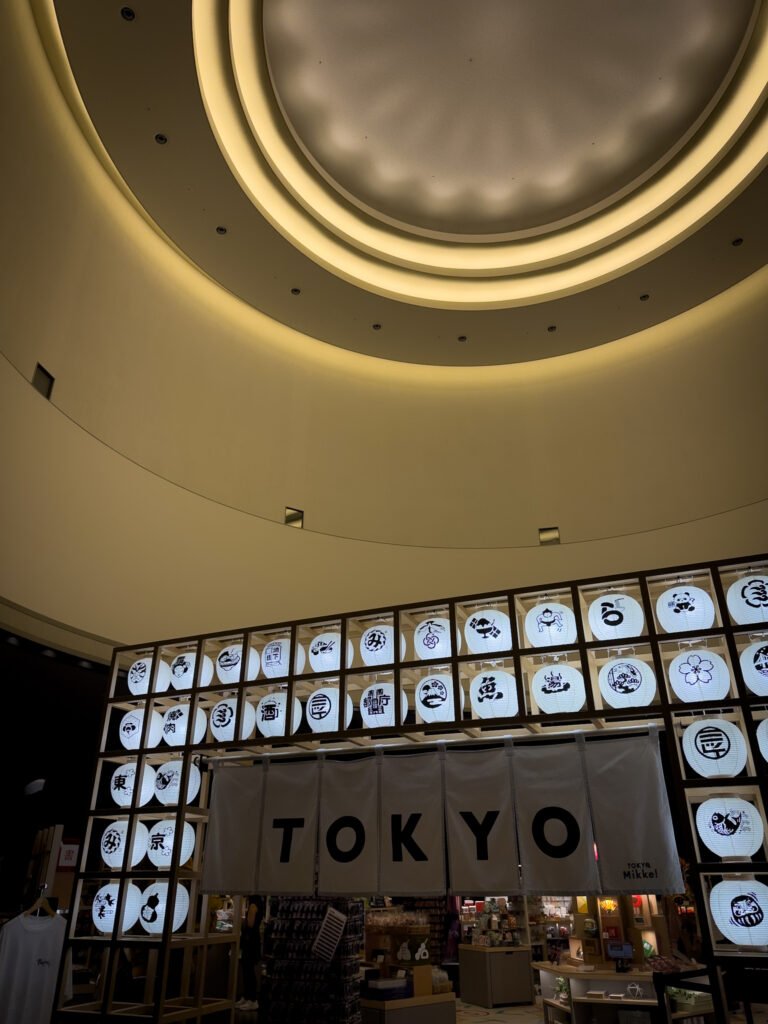

In the same building, you can go up to the 45th-floor observatory for free to get one of the best panoramic views of Tokyo. On clear days, you can even see Mount Fuji in the distance. A calm alternative to Tokyo Tower or Skytree. When we went, there was little queue to go up and some queue to come down. Details available on the official observatory website.
3. See the Shinjuku 3D Screen
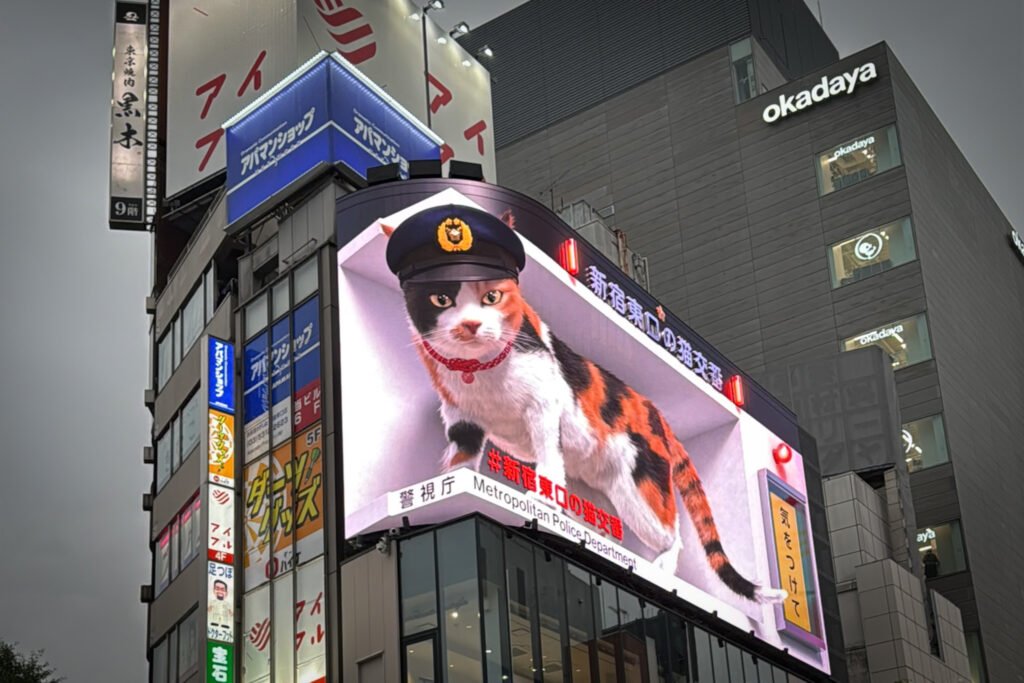
At the east exit of Shinjuku Station, you’ll find the famous 3D screen with realistic animations, like the iconic giant cat. A unique technological experience, perfect for photos and videos. Learn more at Tokyo Cheapo.
4. Explore the Literary Scene of Jimbocho
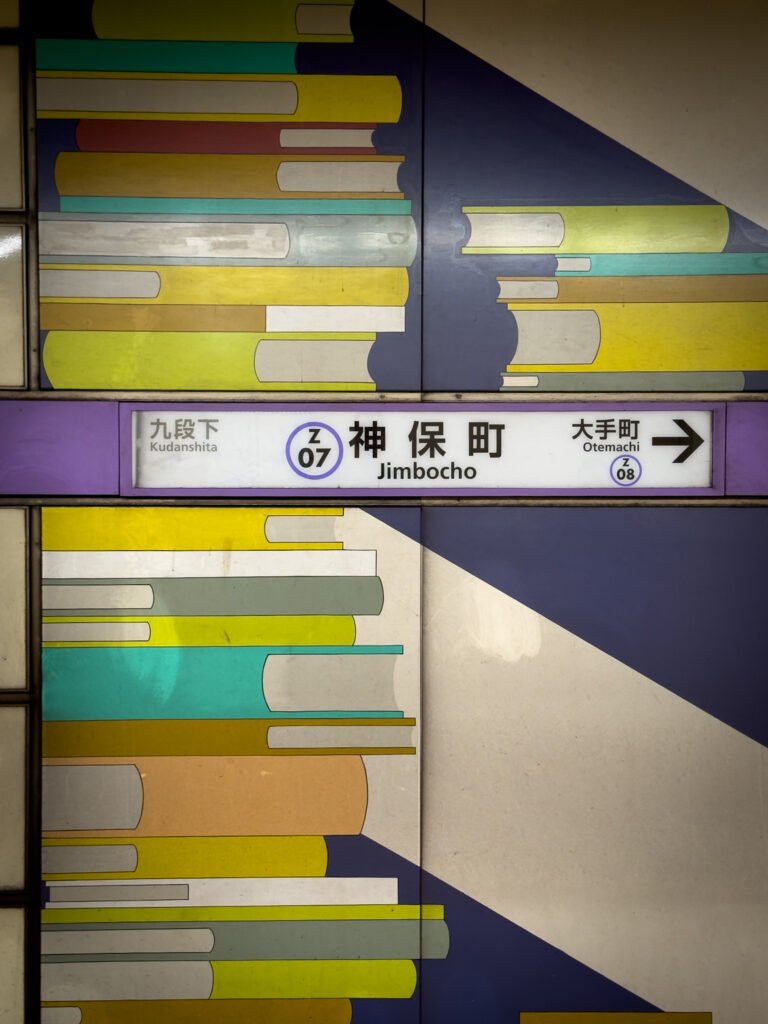
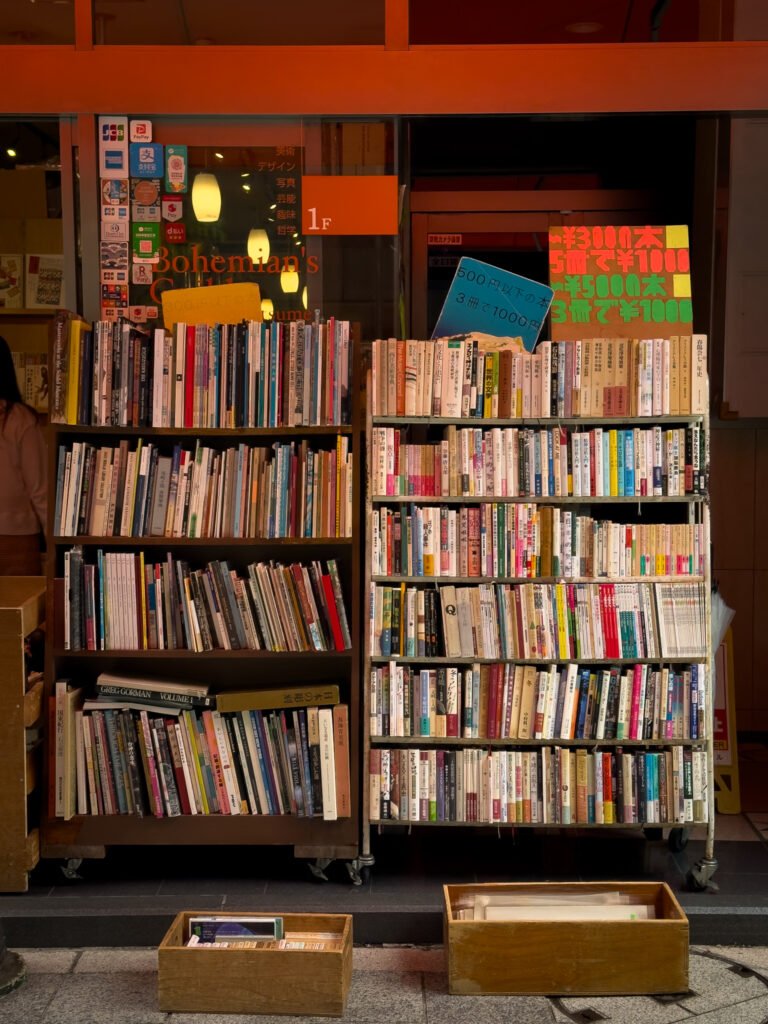
Jimbocho is Tokyo’s book district. The name comes from a 17th-century samurai, but it became a literary hub in the 20th century when schools and bookstores moved in. Today, there are over 150 bookstores, many specialized (manga, art, rare books). Highlights include Sanseido, Kitazawa, and Komiyama. Walk through the streets, enter the stores, and feel the intellectual and vintage atmosphere of this neighborhood. More information at Truly Tokyo.
5. See Tokyo Tower from Outside (Free Photo Spot)

You don’t need to pay to go up Tokyo Tower. Explore the surrounding streets and discover perfect angles for photos, especially at sunset when the tower lights up.
6. Hibiya Park – Urban Oasis and Salaryman Culture


On the way to the Imperial Palace, take a break at Hibiya Park. At lunchtime, you’ll see dozens of salarymen in suits exercising – a Japanese cultural habit that shows the importance of work-life balance. The park is a green refuge with fountains, gardens, and lots of local life. Learn more at Go Tokyo.
7. Surrounding Area of the Imperial Palace
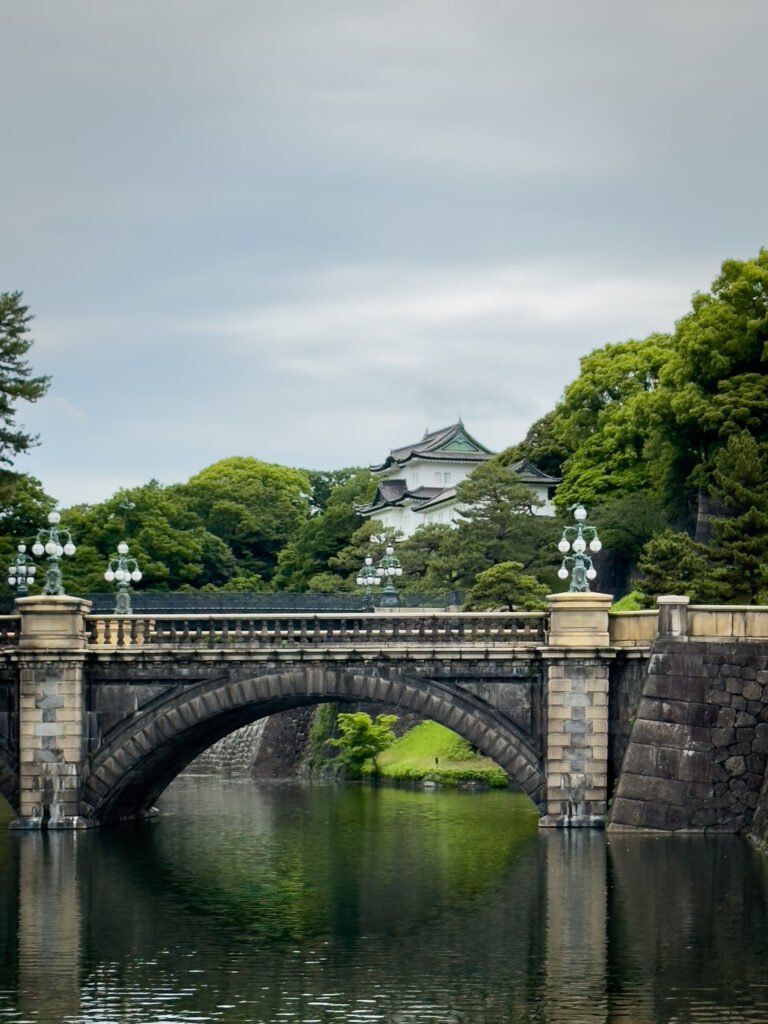
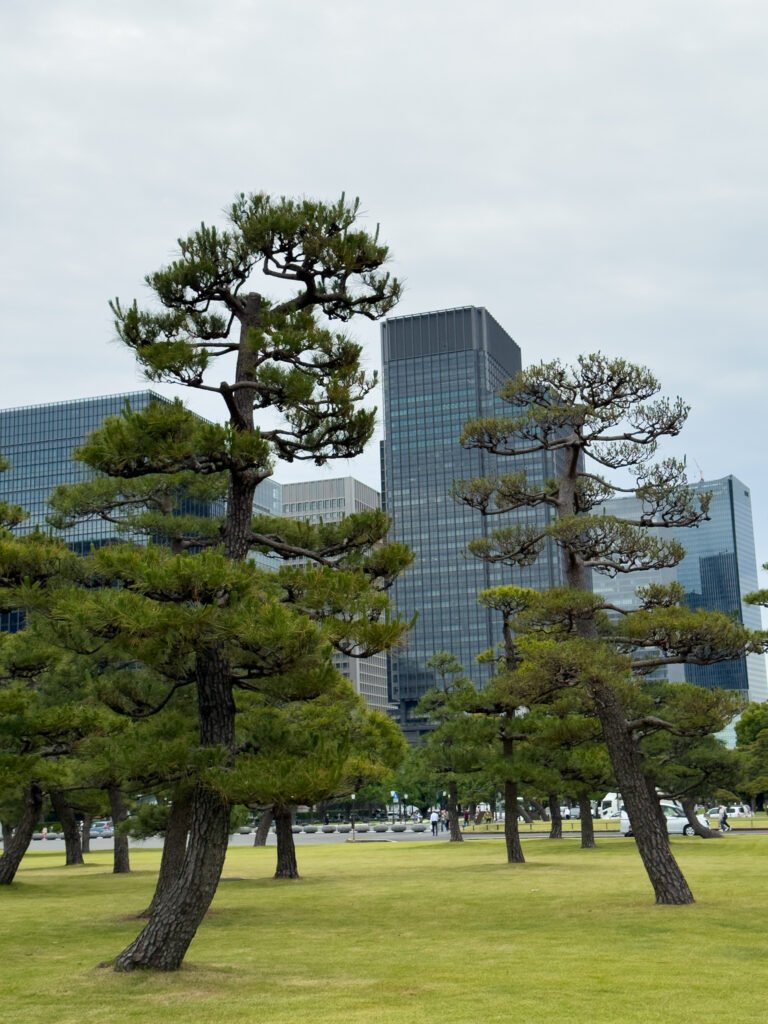
Even without entering the paid gardens, the area around the Imperial Palace offers peaceful walks, historical views, and great photography opportunities. The East Gardens are open to the public for free. More details on the official website of the Tokyo Imperial Palace.
8. Visit the Tsutaya Bookstore at Ginza Six
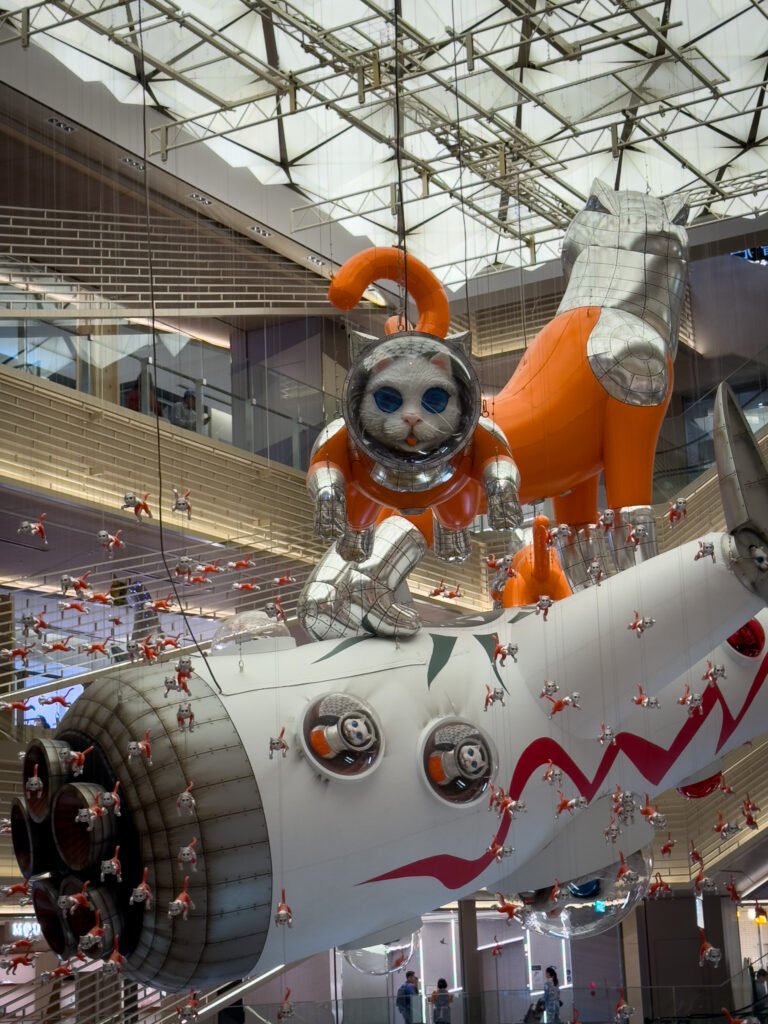

The Tsutaya at Ginza Six is much more than a bookstore: it’s a cultural space with exhibitions, a café, and a sophisticated atmosphere. Enter, explore, and get inspired, even if you don’t buy anything. More information on the official Tsutaya website.
9. Explore The National Art Center
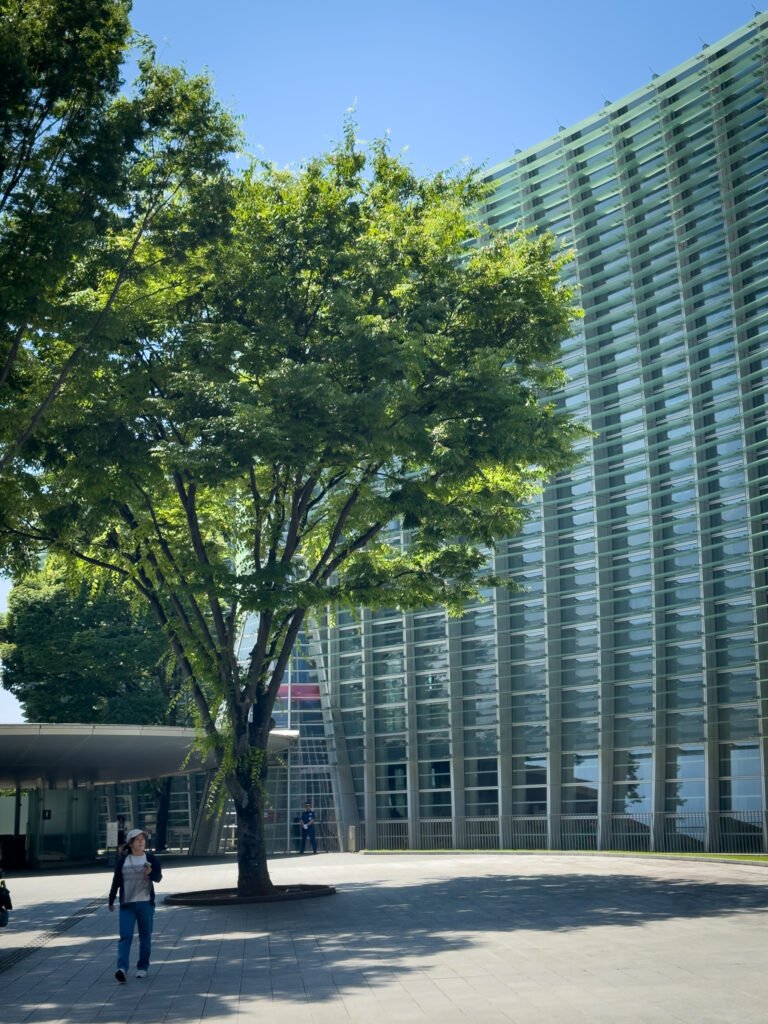

Even if you’re not a museum fan, this one impresses. The building itself is a work of art, with curved lines and glass everywhere. Inside, temporary exhibitions of contemporary art make you think, feel, and see the world differently. It’s one of those places worth entering just to absorb the atmosphere. More information on the official website.
10. Fujifilm Photo History Museum


At Tokyo Midtown, visit the free Fujifilm museum. Discover vintage cameras, photography exhibitions, and learn more about the evolution of imaging in Japan. Learn more on the official website.
FAQs: Frequently Asked Questions about free things to do in Tokyo
What are the best free attractions for those who already know Tokyo’s essentials?
Beyond the classics, Tokyo offers alternative experiences like the videomapping show at the Metropolitan Government Building, free observatories, literary neighborhoods like Jimbocho, urban parks like Hibiya Park, and museums like the Fujifilm Photo History Museum – all with no entrance fee.
Is it possible to get panoramic views of Tokyo without paying?
Yes! The Metropolitan Government Building observatory on the 45th floor offers one of the best panoramic views of the city, including Mount Fuji on clear days, completely free.
Where can I experience authentic cultural experiences without spending money?
Exploring Jimbocho, the book district, and visiting historic bookstores is a great way to immerse yourself in local culture. Parks like Hibiya and Ueno also provide contact with Japanese daily life and seasonal events like cherry blossom viewing.
What free museums are there in Tokyo?
Besides the Fujifilm Photo History Museum, the city has other free museums or with free admission on specific days, like the Advertising Museum Tokyo, Yebisu Beer Museum, and Intermediatheque.
Is it worth visiting Tokyo Tower without going up?
Yes. Walking around Tokyo Tower allows you to find great photo spots, especially at sunset, without needing to pay for a ticket.
Are there free tours in Tokyo?
Yes, there are free guided walking tours offered by local volunteer groups that cover points like Ueno Park, the Imperial Palace, and other historic neighborhoods. You only need to pay for transportation and any paid attraction entrances.
Which parks are recommended for relaxing and observing local life?
Hibiya Park is ideal for observing salarymen on break, while Ueno Park is famous for cherry blossoms and cultural events. Both have free admission and are great for those seeking tranquility.
What to do in Tokyo for those who like technology and innovation, without spending?
The nightly videomapping at the Metropolitan Government Building and the famous Shinjuku 3D screen are unique technological experiences that are free.
Can I visit areas of the Imperial Palace without paying?
Yes, the surrounding area and some gardens of the Imperial Palace, like the East Gardens, can be visited for free and offer great opportunities for walks and photography.
Any other tips for an alternative and free itinerary in Tokyo?
Include visits to bookstores like Tsutaya at Ginza Six, walks through less touristy neighborhoods, and take advantage of free cultural events like temporary exhibitions at art centers and museums.
